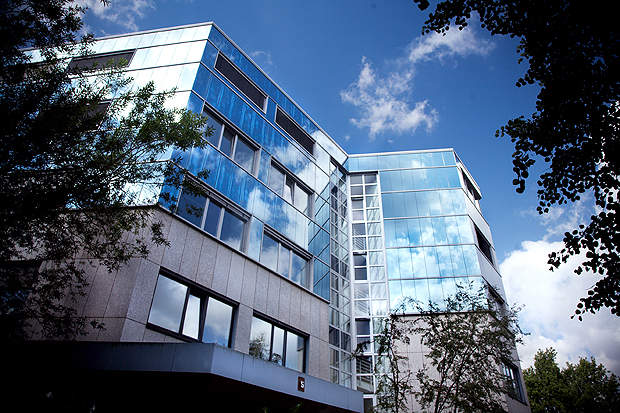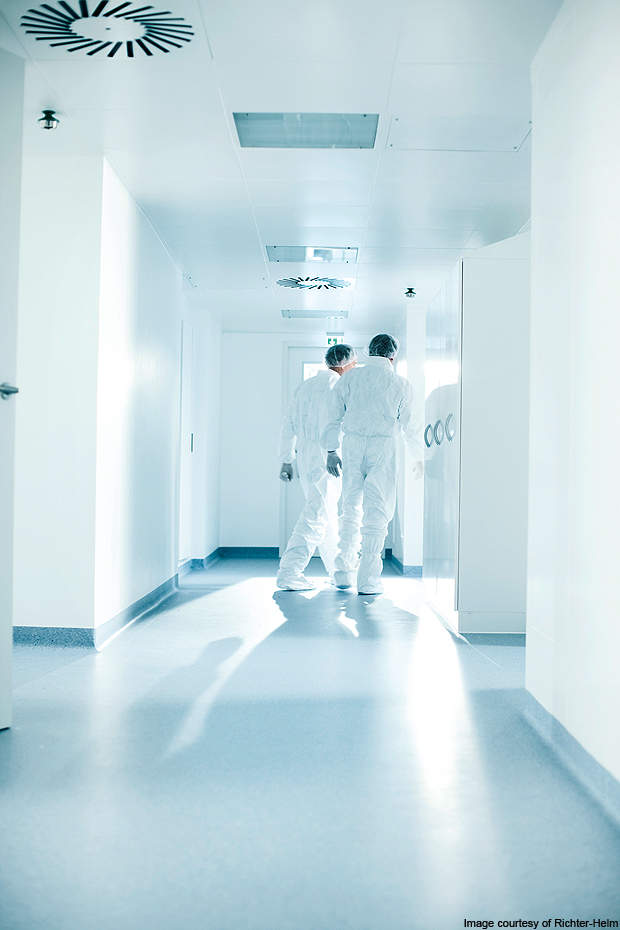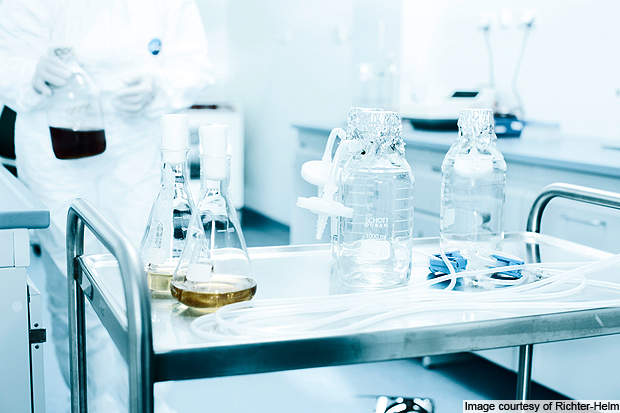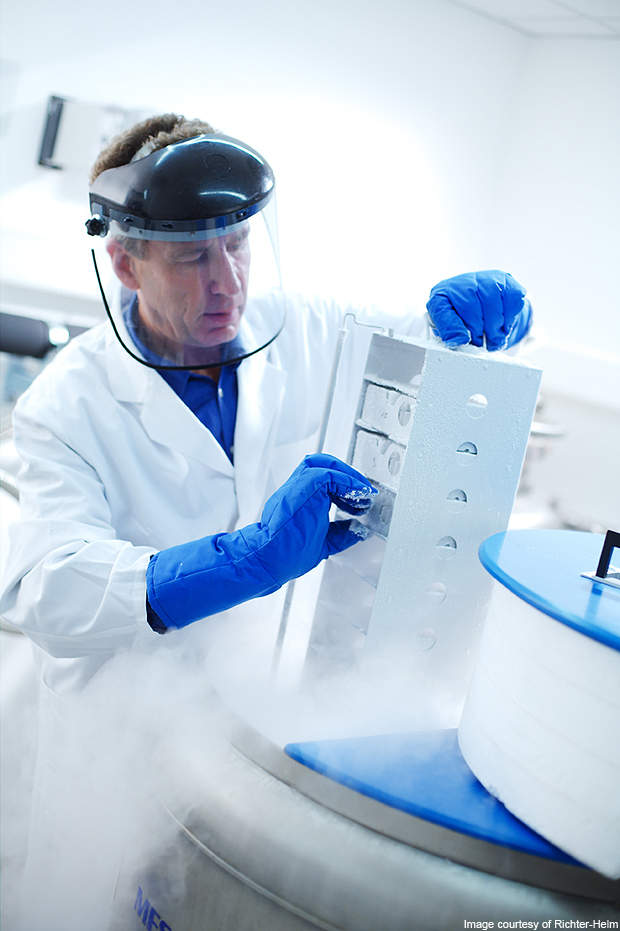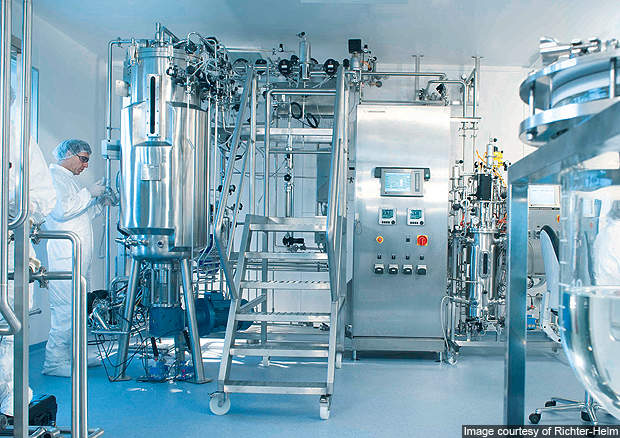Richter-Helm owns a biologics plant at Hanover Medical Park, Germany. The plant has been operational since 1987. It was fully re-modelled in September 2009, to bring it in line with the latest regulatory standards.
The modernised facility bridges the gap between Richter-Helm’s research facility in Hamburg and its commercial scale production facility in Bovenau near Kiel in central Germany. The facility is currently undergoing qualification operations.
The Hanover plant was established as Pharma Biotechnologies in 1987. In 1997, it was renamed Strathmann Biotec after being incorporated into the Strathmann Group as a subsidiary of Strathmann GmbH & Co. KG.
In mid-2007 Strathmann Biotec was acquired by the Gedeon Richter and Helm pair of companies and has been operating under the name Richter-Helm BioLogics.
Richter-Helm BioLogics focuses on its core operations such as contract development and contract manufacturing of biopharmaceuticals as well as the areas of business development, marketing and sales, and product development management.
Facility
The multipurpose GMP compliant facility occupies 1,000m2. It accommodates cleanroom facilities of the class D category that contain up to class A and class B sterile workbenches.
The facility also houses upstream processing area that undertakes fermentation and primary recovery of microbial cultures.
The cleanroom area for purification and the up-stream processing area were upgraded and made state-of–the-art following a strict GMP room concept during the modernisation, which began in 2008.
The modernised facility is equipped with bioreactors of between 15l and 300l fermentation capacity. During the modernisation, bioreactors of up to 300l fermentation capacity were installed along with related downstream processing technologies required for the development of proteins, plasmid DNA and vaccines.
The facility is also equipped with quality control laboratories that conduct testing of in-process control samples. Equipped with advanced apparatus, the laboratories are used for analysing the active ingredients and pharmaceuticals that are developed at the facility.
Production
The facility undertakes a range of services from strain establishment to API production. Process development services offered by the facility include process optimisation, development of scalable fermentation process for cGMP production, development and optimisation of processes of high cell density fermentation, refolding strategy development for insoluble expressed proteins and scalable downstream process development including cell disruption, re-naturisation and chromatographic purification sequences.
Analytical development services provided by the facility include development of bioassay methods, studies to characterise proteins and plasmid DNA, analytical development to establish host cell proteins and host DNA, reference standards characterisation, formulation studies, method validation and stability studies conforming to ICH standards.
Aseptic production includes development of recombinant proteins, plasmid DNA and vaccines that are derived from microbial fermentation.
The facility cultivates production strains (including E. coli and a number of yeast strains) that are suitable for producing recombinant proteins and plasmid DNA.
The E. coli and other yeast strains are cultivated using both batch and fed-batch techniques.
Recombinant proteins of several origins are purified from the E. coli and yeast strains using different techniques such as precipitation methods, filtration, ion exchange, affinity, hydrophobic interaction and size-exclusion chromatography. Proteins are secreted in partially active form into the surrounding medium. The microbial production is conducted at biosafety level two.
Downstream processing at the facility includes common cell separation methods, high pressure homogenisation, centrifugation, including continuous and discontinuous, several filtration methods, and a number of refolding strategies and chromatography methods including preparative High Performance Liquid Chromatography (HPLC).
Quality control and quality assurance services are also provided.

